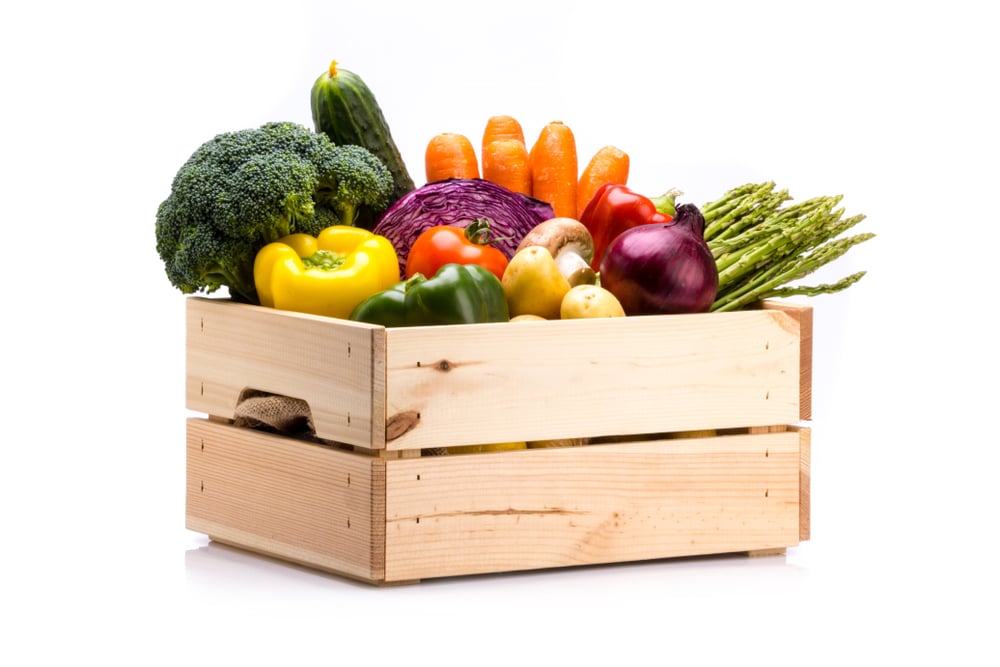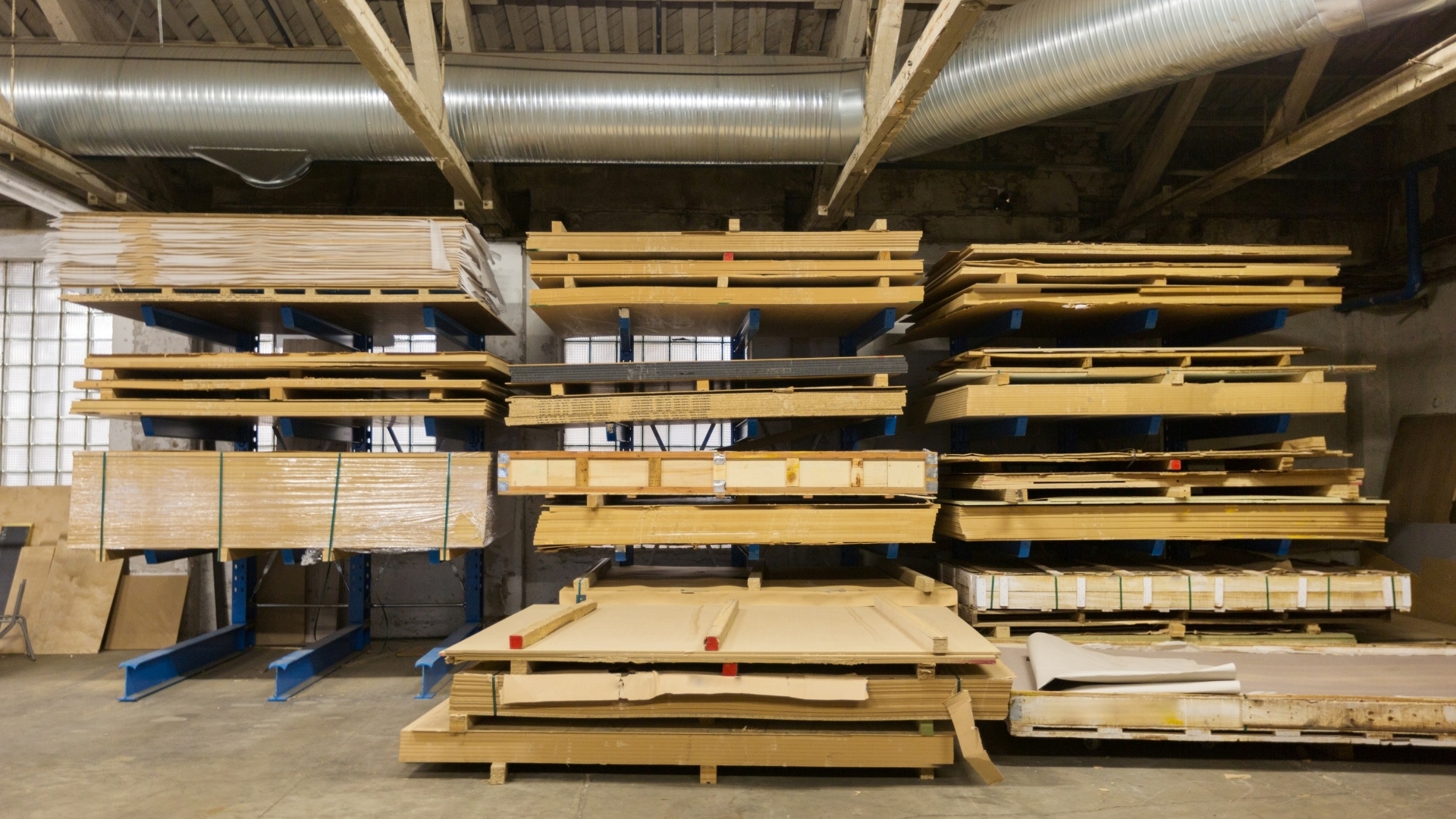
Your packaging choices directly impact your bottom line. When you choose between wooden boxes and wooden crates, your decision affects storage efficiency and product damage rates. Whether you’re shipping delicate electronics or industrial equipment, this isn’t a decision to be made lightly.
This guide will help you choose the right packaging solution by comparing:
– Performance and damage reduction
– Cost analysis (including storage and shipping)
– Environmental impact
– Customisation options for operational efficiency
– Industry-specific requirements.
We’ll break down the pros and cons of both wooden boxes and wooden crates. If you’re looking for wooden boxes in Perth, this guide will help you make an informed decision.
Strength and Durability
Wooden Boxes: Robust for Heavy-duty Items
Wooden boxes are engineered to handle industrial loads, making them ideal for protecting heavy or high-value items during transport. They can:
– Support loads up to 6000kg
– Resist crushing forces during stacking
– Maintain structural integrity in a variety of weather conditions
– Provide superior shock absorption.
These attributes make wooden boxes a popular choice for those moving industrial machinery, precision equipment, high-value automotive components, and fragile electronics. For businesses in Perth needing reliable, robust packaging, wooden boxes are a top consideration.
Wooden Crates: Excellent for Volume, Ventilation, and Durability
Wooden crates, while also robust, offer a different set of advantages. Crafted from high-quality pine, they are designed for durability and can handle heavy loads while withstanding repeated use, ensuring items remain secure. Their slatted construction makes them ideal for:
Handling larger or irregularly shaped items: The open design can accommodate dimensions that might be difficult for a fully enclosed box.
Ventilation: Essential for products that require airflow, such as certain types of produce or machinery that needs to dissipate heat.
Visual inspection: The contents are visible, which can be useful for quick inventory checks or customs inspections without opening the entire package.
Reduced material weight: Generally lighter than a comparable wooden box, which can lead to lower shipping costs for volume.
Stackability: Their robust design allows for safe and efficient vertical storage.
Wooden crates are often best suited for transporting large, durable goods, or items where ventilation and visual access are beneficial, such as large machinery, construction materials, or certain agricultural products. They are a dependable solution for various industries, including manufacturing, agriculture, art shipping, e-commerce, and retail.
Understanding material properties helps determine optimal packaging solutions for your specific operational requirements. The key is matching package durability to your product’s protection needs while maintaining cost efficiency.
Customisation Options: Wooden Boxes vs. Wooden Crates
Wooden Boxes: Can Be Tailored for Unique Needs
Custom wooden boxes offer flexibility through:
– Custom dimensions and reinforcement for maximum container efficiency
– Multiple wood grades and treatments
– Custom-engineered reinforcement for specific load requirements
– ISPM 15 treatment options for international shipping
– Built-in securing mechanisms for forklift/crane operations
– Purpose-built components.
While wooden box customisation requires additional lead time, this investment enables precise matching to operational requirements and often reduces total handling costs. ABC Crates offer extensive customisation.
Wooden Crates: Adaptable for Bulk, Airflow, and Specific Designs
Wooden crates also offer significant customisation, excelling in adaptability for larger and more breathable packaging. They can be standard for general use or custom-made to specific sizes and designs, with additional reinforcement for specialised needs like fragile or high-value goods. Key customisation features include:
Adjustable slat spacing: Allows for varying degrees of ventilation and protection depending on the product.
Integrated ramps or access points: Useful for loading and unloading heavy or bulky items.
Custom framing: Can be designed to secure irregularly shaped items within the crate.
Stacking features: Can be designed for efficient vertical storage.
Consider your shipping volume stability and product variation when choosing between these options. High-volume, consistent shipments often justify custom wooden boxes, while variable needs may favour the adaptable nature of crates.
Protection and Security: Which Offers Better Safety for Goods?
Wooden Boxes: Superior Protection for Transport
Wooden boxes provide industrial-grade protection through:
– Weather-sealed construction to avoid moisture damage
– Tamper-evident construction for security compliance
– Stable internal environment for sensitive equipment.
The superior strength and durability of boxes make them the first choice for international shipping of high-value products or heavy wares where complete enclosure is critical.
Wooden Crates: Openness with Robust Protection for Specific Needs
Wooden crates offer excellent protection for their specific use cases, safeguarding items from impact, weather, and other risks through their rigid construction and options for customisation like padding and reinforcements. However, their open design means:
Reduced protection from dust and fine particles: While offering ventilation, they don’t provide a sealed environment.
Less resistance to direct moisture: Contents can be exposed to rain or splashes if not properly covered or shrink-wrapped.
Visibility can be a security concern: Valuable items might be more visible and potentially vulnerable to theft if not adequately secured within the crate.
Requires careful strapping and internal bracing: To prevent items from shifting or protruding.
Consider your typical shipping routes and storage conditions when choosing packaging. Routes with multiple handling points or exposure to weather may justify the additional investment in fully enclosed wooden boxes, while crates are ideal where breathability and accessibility are paramount.
Environmental Impact Comparison
Both materials can support sustainability goals, but differ in key areas.
Wooden Boxes & Crates:
– Responsibly sourced materials
– 100% biodegradable
– Extended lifecycle of 3-5 years (or more) reduces waste volume
– Can be repurposed or recycled
– Carbon negative when sourced locally
– Made from renewable pine, making them an eco-friendly and sustainable packaging option.
Handled correctly, both wooden boxes and wooden crates can be sustainable, environmentally-friendly options. Consider your industry’s environmental reporting requirements and sustainability targets when choosing packaging materials.
Should I Choose Wooden Boxes or Wooden Crates for My Use Case?
You might choose wooden boxes if you have:
– Products with >$1000 unit value
– Regular interstate/international shipping where full enclosure is critical
– Items exceeding 100 kg that are sensitive to dust or moisture
– Fragile items requiring maximum impact protection
– Storage periods of greater than 12 months in varying conditions
– Multiple handling points where security and integrity are paramount.
You might choose wooden crates if you need:
– To ship very large or irregularly shaped items
– Ventilation for your products
– Visual inspection of contents during transit
– A more cost-effective option for bulky, less fragile items
– Returnable packaging for internal logistics or closed-loop supply chains.
Wooden boxes typically deliver better ROI for high-value or industrial goods requiring complete enclosure, while wooden crates are the robust and often more economical choice for large, bulky, or ventilation-sensitive items. Contact us today to find out more and how we can tailor our products to your circumstances.
Discuss your project needs with the ABC Crates team today. We’ve worked with businesses across a broad range of industries and have the experience and expertise to deliver the perfect solution for your wooden boxes and crates requirements.
Related News

Why Wooden Crates Are The Preferred Choice For Agriculture
Whether it’s moving produce from the paddock to the...
Keep Reading
Common Mistakes to Avoid When Using Wooden Pallets for Transport
Wooden pallets ensure your goods are transported safely and...
Keep Reading
The Advantages of Using Timber Duct Boards in Construction
When it comes to construction, timber duct boards are...
Keep Reading
 Enquire Today
Enquire Today